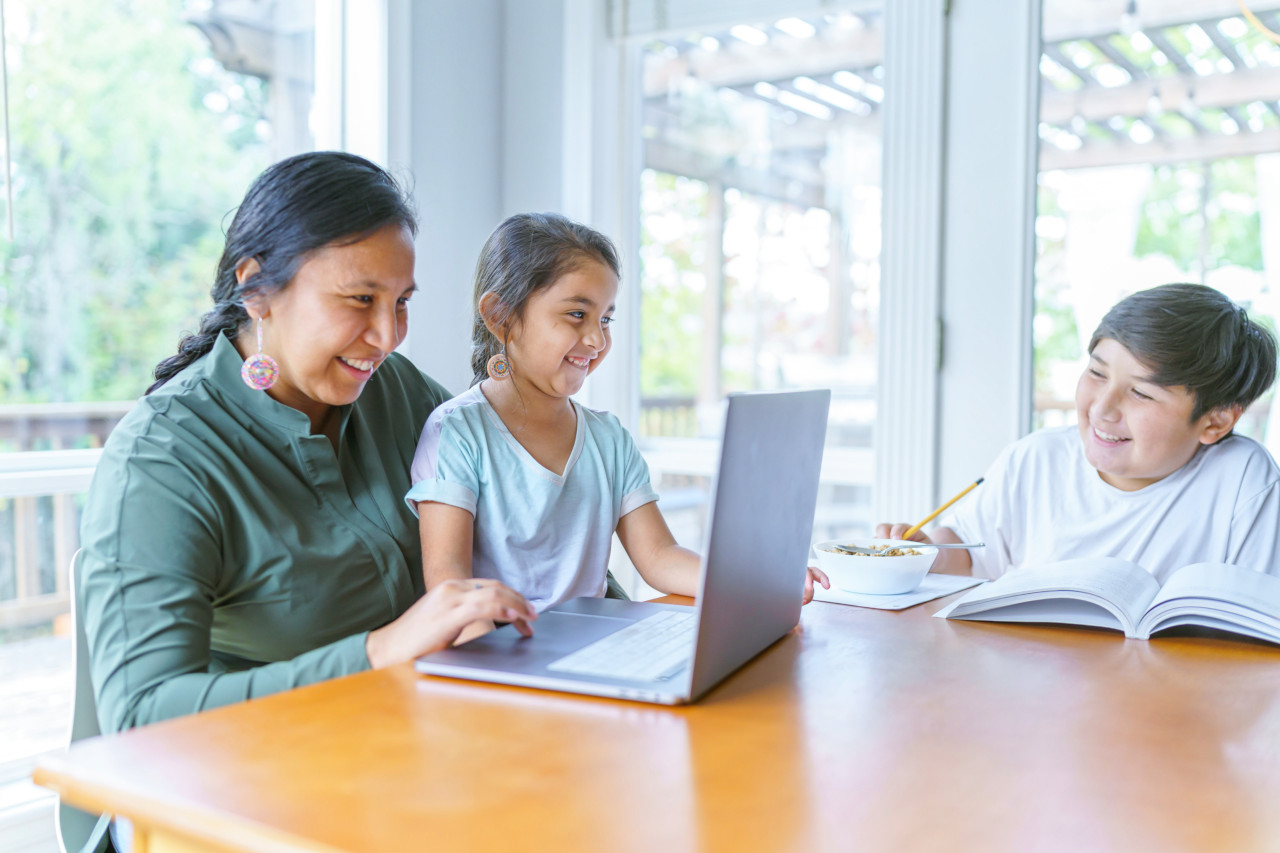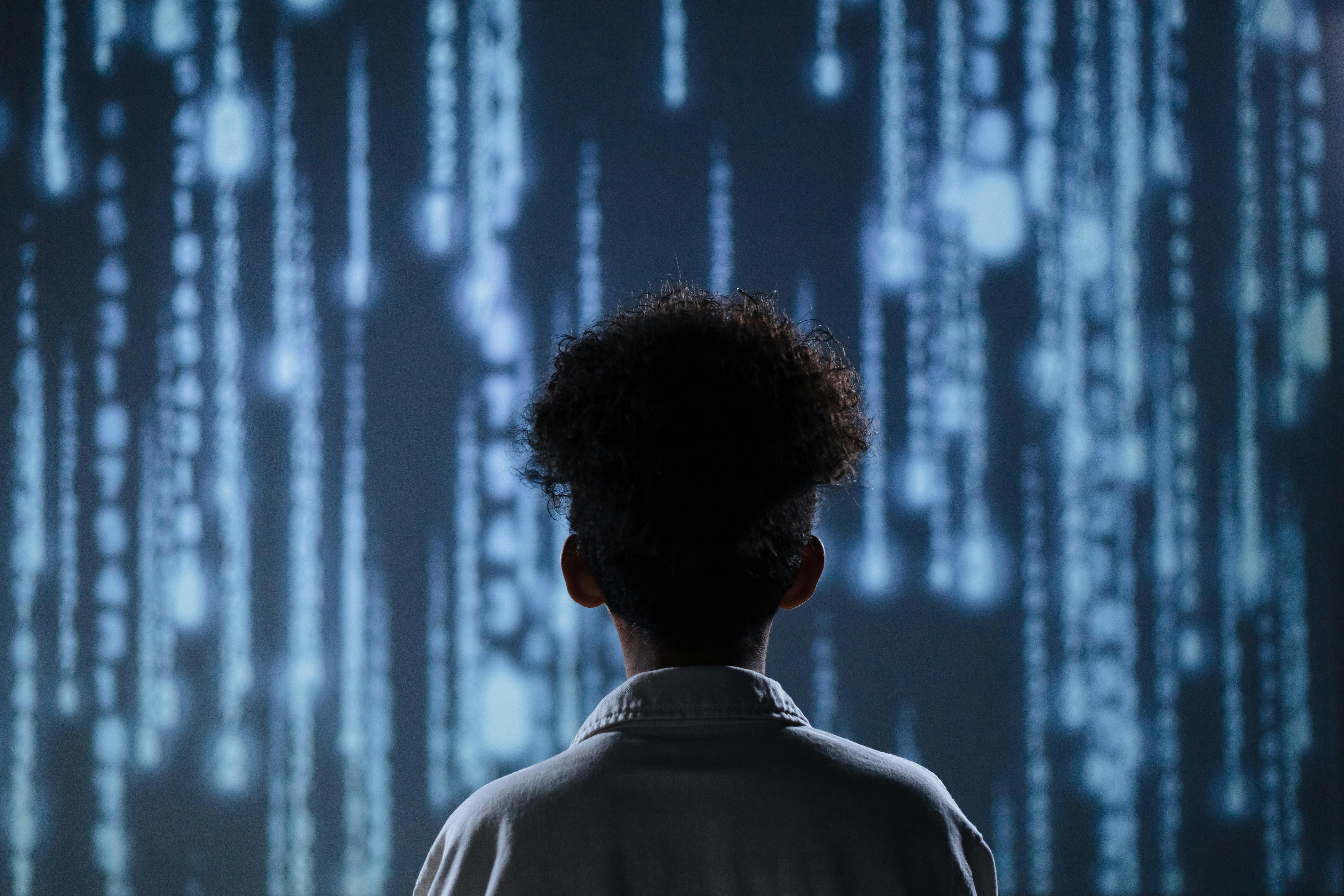Best Free Indigenous Peoples Day Lessons and Activities
Explore the top free lessons and activities for teaching about Indigenous history and culture

Recent updates
This article was updated for October 2024 Indigenous Peoples Day.
First celebrated in the U.S. in 1992 in Berkeley, California, Indigenous Peoples Day is now observed by many U.S. cities and several states. The day celebrates the hundreds of thriving Indigenous nations present in pre-Columbian America and their cultures. Most importantly, Indigenous nations and cultures are not only part of America’s past, but also a burgeoning population in America’s present and future.
These free lessons and activities are an excellent way to incorporate Indigenous history and culture into your curriculum for Indigenous Peoples Day (October 14th this year), Native American Heritage Month (November)—or anytime at all.
Best Indigenous Peoples Day Lessons and Activities
NK360° Educational Resources
From the Native Knowledge 360° (NK360°) program within Smithsonian’s National Museum of the American Indian comes this treasure trove of resources for learning about Indigenous peoples. Explore general topics such as civics, STEM, and geography, or search by keyword, language, format, Indigenous nation, grade, and subject. Lessons are standards-aligned and feature engaging high-quality videos, teachers’ guides, and pre and post activities. Selected lessons are available in Spanish as well as English.
Living Nations, Living Words: A Guide for Educators
Joy Harjo, the first Native American U.S. Poet Laureate, is the force behind the “Living Nations, Living Words” project, which spotlights the voices of 47 contemporary Native American poets. Check out the interactive story map, then read poems online and listen to the authors reading and discussing their work in downloadable mp3 format. The online guide for educators examines themes and touchpoints of the poems and provides activities based on the poem text as well as the story map. An excellent resource for a language arts-based lesson.
DocsTeach American Indians Primary Sources and Teaching Activities
Ideal for history and social studies classes, this deep reservoir of high-quality teaching materials includes primary sources and activities designed for students in grades 6-12. The comprehensive collection of primary sources include treaties and other documents, artwork, photographs, and much more, while the thought-provoking activities cover topics such as the law, assimilation, and conflict with settlers.
White Cloud: A Hero to His People
The richly colored and detailed oil painting “The White Cloud, Head Chief of the Iowas” by George Catlin serves as a jumping off point for this complete lesson from the National Gallery of Art. Designed for kids in grades 5-6, it includes high-resolution downloadable artwork, a background summary, questions for discussion, and suggested activities.
Native American mascot controversy
A highly informative article about an ongoing news story—the widespread use of Native American-related names for sports teams and mascots. While some high-profile teams, such as the Washington Commanders, have changed their names, others have not—and maintain that the moniker is a sign of respect. Learn all about the latest thinking on this issue, which carries a lot of symbolic weight.
Tech & Learning Newsletter
Tools and ideas to transform education. Sign up below.
Museum of Native American History Lesson Plans
A complete set of highly detailed, downloadable free lesson plans that include images, text, digital primary sources, slides, and rubrics for grading. These plans can serve as professional development as well as lessons for students in high school and beyond.
Indigenous Rights and Controversy over Hawaii’s Maunakea Telescope Minilesson
Why are Native Hawaiians protesting against the construction of the Thirty Meter Telescope (TMT), a multinational collaboration that, if built, will be the second-largest telescope worldwide? The telescope’s site, Mauna Kea, has a rare combination of characteristics that make it ideal for an observatory, yet it’s also sacred ground to Native Hawaiians. This mini-lesson investigates the centuries-long clash of cultures and priorities exemplified in this issue.
IllumiNative Math Lesson
Did you know traditional Native American games include not only athletic pursuits, but also games of logic and chance? Aimed at kids in grades 6-8, this math lesson is in the form of Picaria, a Zuni Pueblo math game. Complete instructions for preparation and gameplay are provided. Watch the how-to video for a quick and easy lesson in playing Picaria.
Why More People are Celebrating Indigenous Peoples Day
You may be surprised to learn that the official celebration of Columbus Day is fairly recent, dating to President Franklin D. Roosevelt’s 1934 decree. Still, it’s a familiar and beloved holiday for many Americans, and long taught in schools, albeit in a simplified form with many crucial details omitted. In this recent article by Lumbee Tribe member and historian Malinda Maynor Lowery, learn why the movement to recognize Indigenous Peoples Day as an alternative to Columbus Day has gained traction since the 1980s. A perfect entrée into the topic for middle and high school discussions.
Celebrating Indigenous Languages project
Did you know there are more than 4,000 Indigenous languages worldwide? Have your students learn more about these endangered languages by listening to greetings and songs and watching videos recorded by 84 Indigenous language speakers. While listening, kids can traverse the planet virtually with the interactive globe. Informative and fun.
Indigenous Peoples Day Resources
Employing a “people’s history” approach, the Zinn Education Project seeks to remedy the omissions and distortions of traditional history education and go beyond memorizing dates and events. Explore the lessons, articles, books, films, and podcasts that treat the history of Indigenous peoples as worthy subjects to study and learn about.
Whose Land Lesson Plans
The Whose Land interactive map allows users to explore the original Indigenous territories across the Americas, Greenland, and Australia. Their lesson plans, sorted by three grade levels, start with big ideas about connections to land and place and move on to researching Indigenous peoples and the lands they historically occupied. Be sure to check out the PD materials in preparation for these lessons.
Native Land
This super cool and easy-to-use interactive map displays Indigenous territories, languages, and treaties worldwide. Enter an address or zip code and start investigating. Each search result is accompanied by links to learn more about the territory, language, or treaty. Great for research projects.
PBS All-Stars Lessons: Amplifying Indigenous Experiences
A complete standards-aligned lesson based on the 5E instructional model: Engage, Explore, Explain, Elaborate, and Evaluate. This lesson features Indigenous women whose boldness would have been considered “unladylike” in their time but are now recognized as courageous leaders.
Best Indigenous Peoples Day Videos and Games For Education
A Cheyenne Odyssey Role Playing Game
A deeply immersive game that combines the history of the Cheyene people with adventurous gameplay, mature themes, and challenging scenarios, A Cheyenne Odyssey follows Little Fox, a Northern Cheyenne boy, as he traverses the sometimes treacherous Great Plains of 1866. This well-developed, skillfully animated game features thirteen other characters, each with his or her own backstory. A teacher’s guide and introductory video provide handy instruction for both teachers and students. Minor glitch: Error messages may appear on some pages of the teacher’s guide. Nonetheless, all links are fully functional and all resources can be accessed. Free account required. Play online or download for Chromebook or PC.
This Photo Isn’t What It Looks Like
This fascinating episode in “The Bigger Picture” series spotlights host Vincent Brown as he investigates the true meaning of the misunderstood 1916 photograph of Piegan Blackfeet tribe leader Mountain Chief. At less than twelve minutes, this video would serve well as the basis for a lesson in history, photography or Indigenous culture that can be completed in a single class period.
The Complete History Of Indigenous America Before Colonialism
“In 1492 our world was changed forever. But we did not disappear.” With these profound words, viewers are introduced to a three-hour long video history of pre-Columbian Native American life, narrated by Indigenous Canadian actor, playwright, and physician Dr. Evan Adams. Navigate easily via chapter timestamps as well as the transcript, which follows the video as you watch it. Explore creation stories, stone tools, languages, burial traditions, DNA, and much more.
The Jerry Cans - Mamaqtuq (English Lyrics)
This rollicking folk song from The Jerry Cans is sung in Inuktitut, the indigenous language of the Inuit people, and will have listeners tapping their feet and dancing with the music. Listen without the subtitles and try to guess the lyrics from the visuals. Then turn on the captions and be surprised. Great fun.
Molly of Denali: Grandpa’s Drum
From the Peabody award-winning PBS animated television series Molly of Denali, this standards-aligned lesson follows along as Molly and her friend Tooey learn about the importance of cultural heritage. Includes lesson support materials for both teachers and students.
Coyote Story
A beautifully animated Chippewa story, spoken in the Ojibwe tradition, this enchanting video is accompanied by a haunting score that will entice kids and teachers alike to investigate more such animated tales.
Why the U.S. celebrates Columbus Day
How did a man who never set foot in the territory that became the United States end up with a national holiday and an entrenched position in American mythology? Why were American children for so long not taught the full truth of the brutal treatment endured by Indigenous peoples at the hands of Columbus and his men? In less than six minutes, this video report from Vox answers these and other key questions about one of our most revered national myths. Ideal lesson prompt for high school students.
Tech & Learning editor and contributor since 2010, Diana is dedicated to ferreting out the best free and low-cost tech tools for teachers.
